PHMSA Mega Rule and Technical Toolboxes
The PHMSA Mega Rule has permanently changed how pipeline operators and service providers must manage regulated pipelines. This is causing additional strain on engineering teams to ensure millions of miles of pipelines are compliant in a traceable, verifiable, complete (TVC) manner, particularly with disparate teams, tools, and processes. The Software Solutions offered at Technical Toolboxes are equipped for the Mega Rule’s significant changes to the integrity, operating, and compliance needs of pipeline operators with a focus on digitizing, mapping, and streamlining the integration of all data to meet the TVC regulatory requirements.
Want to learn more about the full list of Solutions offered to assist in the compliance with the PHMSA Mega Rule? Contact us or keep scrolling to learn more:
What Technical Toolboxes Solutions are Available to Aid in Compliance with the Mega Rule?
Pipeline HUB
The Technical Toolboxes Pipeline HUB simplifies pipeline data management across teams involved with crossings, integrity, corrosion, welding, and more by providing one centralized platform that integrates all information into one interface, shifting the focus from data entry to data analyses and decision-making. Attempting to manage engineering data up to the Mega Rule’s TVC standards using spreadsheets can be increasingly difficult at scale due to version control, data transfer, and more. The Pipeline HUB makes pipeline engineering data compliance in line with the Mega Rule easy.
Pipeline HUB assists in compliance with PHMSA Rules 192.917 and 192.607.
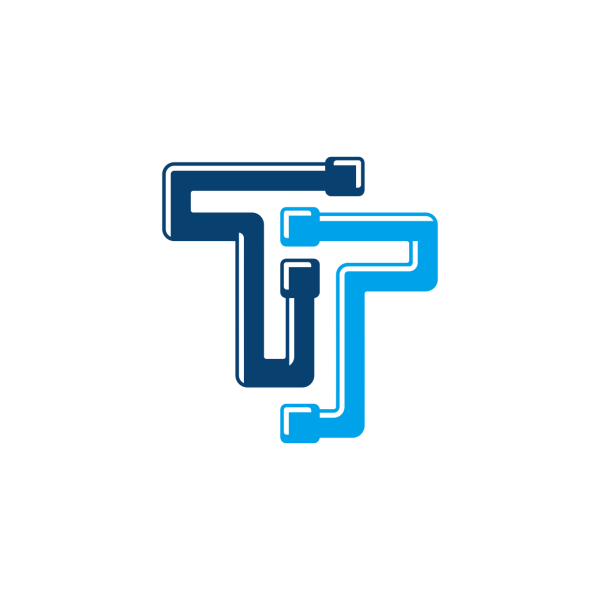

Pipeline Toolbox
With over 250 calculations, engineers using Pipeline Toolbox are able to solve many of the daily questions that arise in pipeline design, construction, operations, and integrity. Achieve compliance with continuing surveillance of many areas including pipeline failures, leakage history, corrosion, and substantial changes in cathodic protection requirements. Pipeline Toolbox is now integrated into the Pipeline HUB platform.
Pipeline Toolbox assists in compliance with PHMSA Rules 192.613 and 192.463.
RSTRENG+
RSTRENG+ is the industry standard for calculating the strength and remaining thicknesses of pipes. It allows for the quick data entry of pipeline and corrosion depth profile data and meets TVC Requirements for Remaining Strength of Corroded Pipe. Use the Zero-Out Method to automatically determine effective lengths and simulate repaired pipe and associated failure pressure.
RSTRENG+ assists in compliance with PHMSA Rules 192.933, 192.485, 192.632, and 192.7.
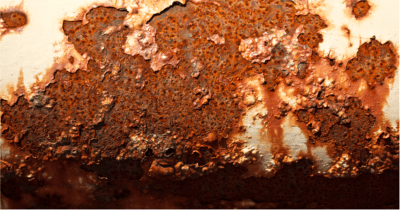
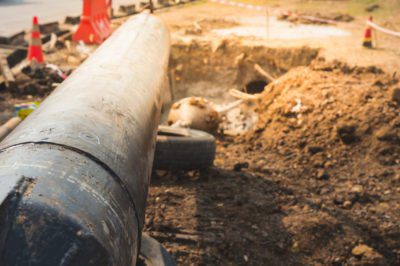
Hydrotest PowerTool
The Hydrotest PowerTool is an intuitive semi-automated and GIS integrated design, planning, and verification application for pipeline pressure testing that ensures compliance with CFRs 192 and 195 for both new and existing pipelines. It automates TVC (traceable, verifiable, complete) record keeping, diagnoses defects caused by accidents, assists in pipeline verification/recertification of MAOP, and generates an actionable project plan.
Hydrotest PowerTool assists in compliance with PHMSA Rule 192.917.
AC Mitigation PowerTool
The AC Mitigation PowerTool streamlines segmentation and enables auto-calculation of distances and angles for each segment. It enables users to understand, model and mitigate the underground pipeline AC induced current integrity problem quickly.
AC Mitigation assists in compliance with PHMSA Rule 192.473.
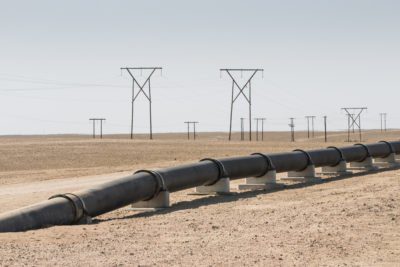
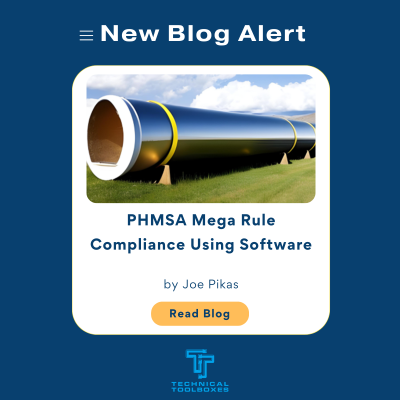
Blog: PHMSA Mega Rule Compliance Using Software
The first set of prescriptive regulations designed to improve safety by reducing the frequency of pipeline failures was brought about by the Gas Rule in 1971. This original rulemaking was the result of the many failures pipeline operators were experiencing at the time. Multiple rules after that were set into place to ensure compliance with safety standards. Read the full blog by Joe Pikas here:
Interested in Learning More?
Sign up for our newsletter to get the latest on upcoming webinars, blogs, and more!

